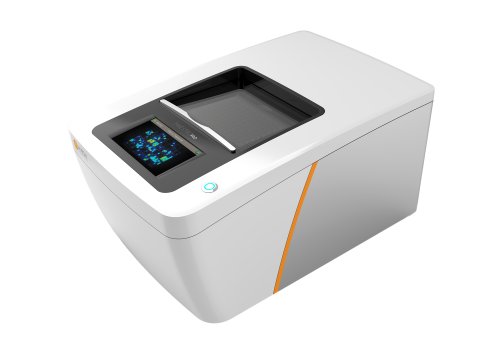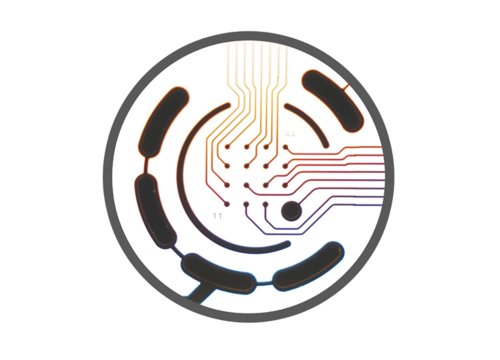Authors: Maria Sundberg, Carole Shum, Erika M. Norabuena, Nina R. Makhortova, Cidi Chen, Lucy Yu, Emma V. Wightman, Kristina Kim, Sang Yeon Han, Jennifer Howe, Annapurna Poduri, Elizabeth D. Buttermore, Stephen W. Scherer, and Mustafa Sahin
Neurobiology of Disease, 25 September 2025
Scientists used patient-derived neurons on Axion’s Maestro MEA platform to explore the impact of pathogenic KCNQ2 variants and reveal deep insights into mechanisms of early-onset epilepsy.
Mutations in the KCNQ2 potassium channel are a known cause of early-onset epileptic encephalopathies, but the precise effects of these variants on neuronal network behavior remain unclear. To better understand the cellular mechanisms, researchers in this study generated patient-specific induced pluripotent stem cell (iPSC)-derived glutamatergic neurons carrying pathogenic KCNQ2 variants.
Using Axion BioSystems’ Maestro multielectrode array (MEA) platform, the team recorded spontaneous network activity across multiple cell lines, revealing a consistent phenotype of prolonged burst duration and hyperactive firing patterns. These findings highlight how altered KCNQ2 channel function can destabilize neuronal excitability and network synchrony.
Overall, by integrating patient-derived iPSC technology with high-resolution electrophysiology, the study offers new insight into the functional consequences of KCNQ2 mutations—and provides a robust in vitro platform for evaluating potential therapeutic interventions.


